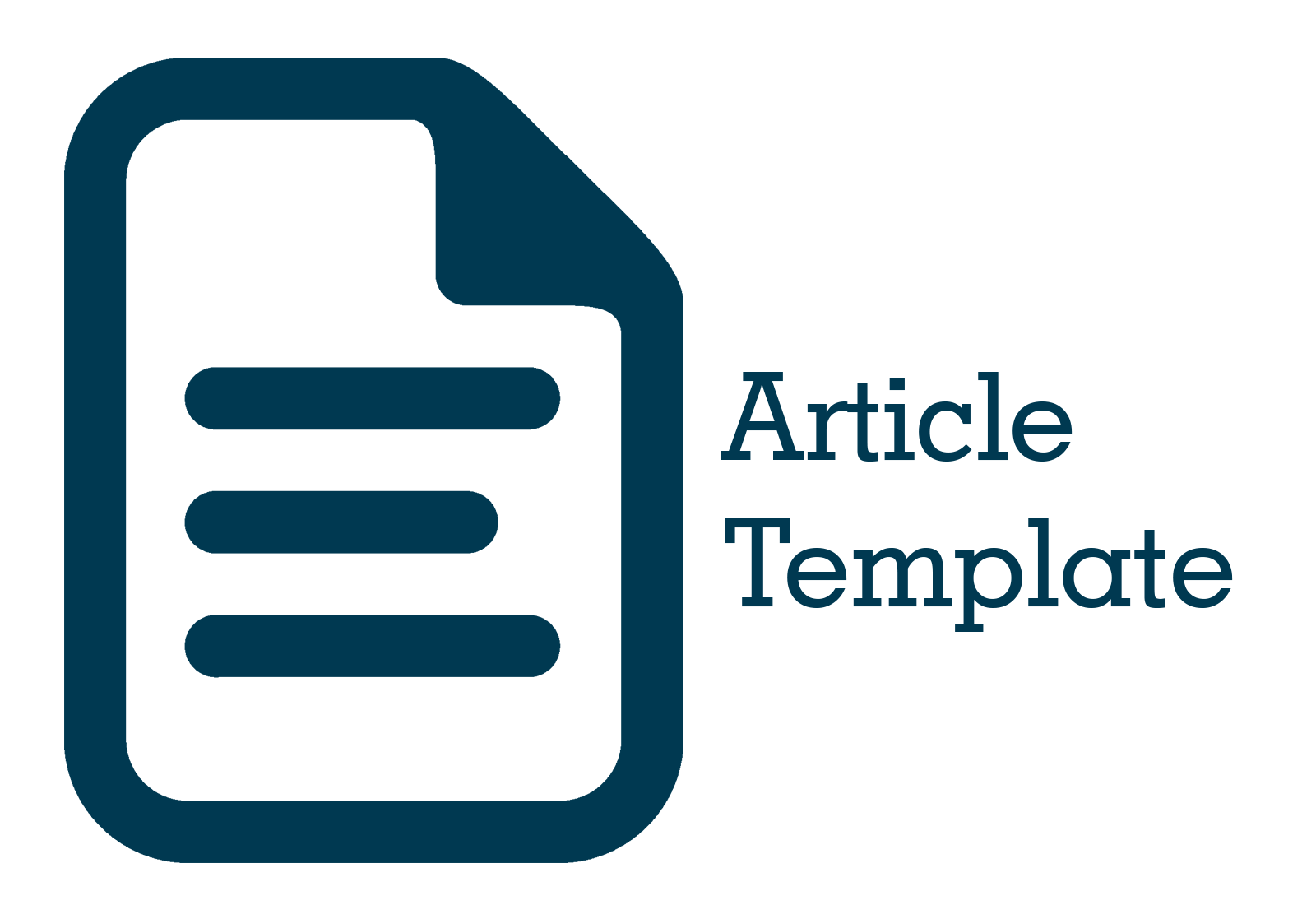Integration of the Internet of Things (IoT) and Artificial Intelligence (AI) in Remote Monitoring of Occupational Skin Diseases: A Literature Review
Keywords:
Internet of Things, Artificial Intelligence, Occupational Skin Diseases, Remote Monitoring, Occupational Health, Occupational DermatologyAbstract
Occupational skin diseases are a significant occupational health issue, with a prevalence of up to 35% in the construction industry and 30% in healthcare. The annual economic impact of these diseases is estimated at $1-2 billion in the US. The integration of the Internet of Things (IoT) and Artificial Intelligence (AI) offers revolutionary potential for improving early detection and sustainable management of these conditions. Objective: This literature review aims to explore the state-of-the-art integration of IoT and AI in remote monitoring of occupational skin diseases, with a focus on technological innovations, practical implementation, and occupational health implications. Methods: A systematic search was conducted in the PubMed, IEEE Xplore, Scopus, and Web of Science databases for articles published between 2019-2024. Inclusion criteria include applications of IoT and AI in occupational dermatology. The selection process involved screening titles/abstracts and full-text reviews. Results: This review identified cutting-edge IoT technologies, including L'Oréal's skin sensor patches and DermaTherapy® smart textiles, as well as integrated IoT systems for monitoring work environments. AI algorithms, such as those from Google and IBM Watson, demonstrated up to 95% accuracy in detecting and diagnosing skin diseases. Case studies showed a 50% reduction in diagnosis time and a 40% decrease in dermatitis incidents in the chemical industry. The main challenges include data privacy and technology adoption, with blockchain identified as a potential solution for data security. Conclusion: The integration of IoT and AI offers a transformative approach to managing occupational skin diseases, with a potential Return on Investment (ROI) of 200-300% within 3 years. Initial implementations show promising results, but further research is needed to address technical and ethical challenges and to develop AI-based personalized prevention strategies.
References
Ahmed, M. U., Björkman, M., & Liljeberg, P. (2018). An Overview on Wearable Internet of Medical Things and AI in Healthcare. In 2018 IEEE 16th International Conference on Embedded and Ubiquitous Computing (EUC) (pp. 166-172). IEEE. https://doi.org/10.1109/EUC.2018.00036
Aviles-Vinas, S. A., Aguirre, S. D., & Muñoz-Gómez, L. (2020). Applications of Artificial Intelligence in Dermatology. International Journal of Dermatology, 59(11), 1352-1360. https://doi.org/10.1111/ijd.15028
Chiesa-Estomba, C. M., Soriano-Reixach, M. M., & Lechien, J. R. (2021). IoT Applications and AI in Dermatology: Challenges and Opportunities. Dermatology Online Journal, 27(1), 5-10. https://doi.org/10.5070/D3271046110
Fang, R., & Pouyanfar, S. (2020). A Comprehensive Study of AI-Driven IoT for Smart Healthcare. Journal of Artificial Intelligence and Soft Computing Research, 10(1), 61-73. https://doi.org/10.2478/jaiscr-2020-0005
Hafner, M., Cochrane, J., & Verhoef, P. (2019). Wearable Technology in Occupational Health: A Comprehensive Review. Journal of Occupational Medicine and Toxicology, 14(12), 1-15. https://doi.org/10.1186/s12995-019-0238-1
Javed, A. R., Sarwar, M. U., & Beg, M. O. (2020). AI-Enabled IoT-based Smart Health Monitoring System. Journal of Network and Computer Applications, 165, 102729. https://doi.org/10.1016/j.jnca.2020.102729
Kaur, T., & Malhi, A. K. (2020). IoT Applications in Healthcare: A Review. Biomedical Journal of Scientific & Technical Research, 30(3), 23468-23473. https://doi.org/10.26717/BJSTR.2020.30.004944
Lee, M., & Lee, S. H. (2020). Emerging Applications of Wearable IoT Technology in Occupational Dermatology. Journal of Industrial Health, 58(1), 12-21. https://doi.org/10.2486/indhealth.2019-0086
Maier, A. S., & Eggers, K. (2019). Application of AI in Dermatology and its Ethical Considerations. Ethics in Medicine & Healthcare, 21(3), 201-210. https://doi.org/10.1016/j.ethics.2019.06.007
Natarajan, A., Sujatha, P., & Sankaranarayanan, S. (2021). IoT and AI in Healthcare for Smart Monitoring of Skin Diseases. Journal of Ambient Intelligence and Humanized Computing, 12(2), 2359-2373. https://doi.org/10.1007/s12652-020-02323-2
Rashid, R., & Street, R. (2019). The Impact of IoT and AI Technologies on Occupational Health. International Journal of Environmental Research and Public Health, 16(12), 2238. https://doi.org/10.3390/ijerph16122238
Singh, S., Gupta, R., & Sharma, P. (2020). Wearable Technology and AI in the Workplace: A Critical Review. Computers & Industrial Engineering, 139, 105646. https://doi.org/10.1016/j.cie.2019.05.014
Sun, L., & Qin, Y. (2020). Challenges and Prospects of IoT-Enabled Healthcare Systems for Skin Disease Monitoring. Healthcare Technology Letters, 7(3), 54-60. https://doi.org/10.1049/htl.2019.0044
Wei, L., & Li, F. (2019). Advances in Smart Wearable IoT Devices for Monitoring Skin Conditions. Sensors, 19(24), 5320. https://doi.org/10.3390/s19245320
Zhang, Z., & Zhu, C. (2021). Artificial Intelligence and Blockchain in Healthcare: A Review of IoT Applications. Journal of Medical Systems, 45(5), 1-12. https://doi.org/10.1007/s10916-021-01699-0
Downloads
Published
Issue
Section
License
Copyright (c) 2024 Asmail (Author)

This work is licensed under a Creative Commons Attribution 4.0 International License.


